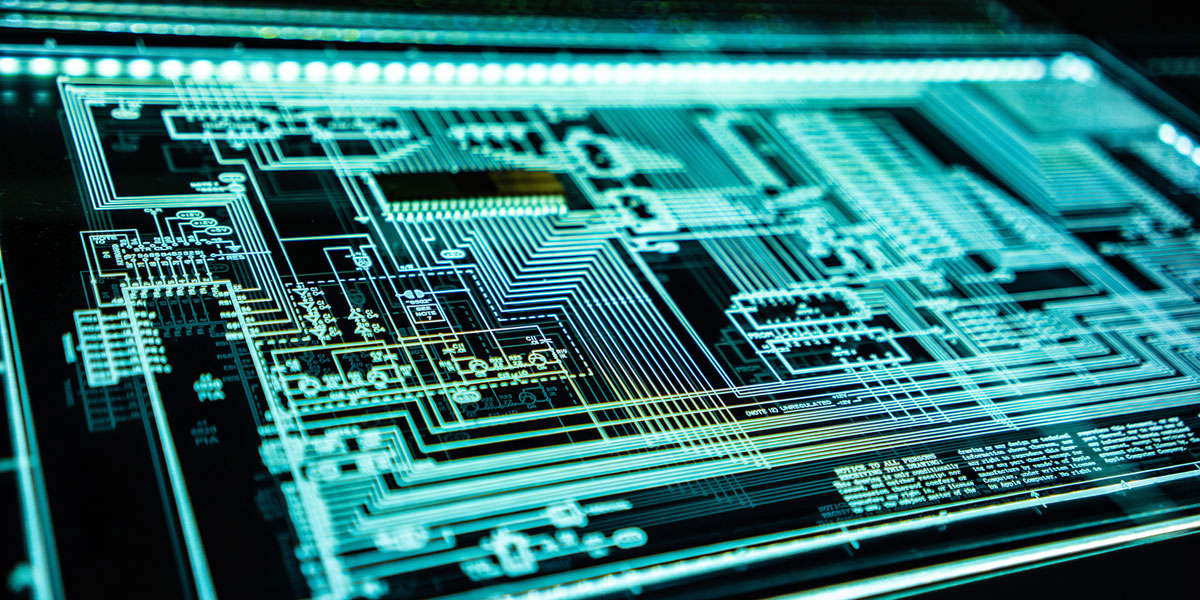The Process System Performance Blog
Where engineers share and learn about
optimizing oil production and processing

How Real-Time Monitoring Can Improve Your Digital Twin
Digital twins have become an increasingly popular tool for businesses looking to optimize their operations, improve efficiency, reduce costs, and reduce risks. In the oil and gas industry in particular, the digital twin is now utilized by an increasing number of operators and across multiple regions.
In this blog article you can read about what a dynamic digital twin is and why it is important to have this tool, as well as how effective real-time monitoring can improve it.
What is a Digital Twin?
A digital twin is a simplified virtual model of a complex physical system or process, used to visualize, monitor, simulate, and analyze the behavior and performance of the real-world system. In the oil and gas industry it is an effective way of showing what a complete plant is actually doing in real-time, on a single device such as a PC, mobile phone, etc.
By using a digital twin, operators can identify and address issues before they occur in the physical world, saving time and resources. It can also show negative trends that reduce efficiency, allowing timely corrections.
The return on investment for this technology is very high, and its application makes the user more competitive, in a way that was unthinkable only 10 years ago.
This technology is possible because of today’s fast communication networks, cloud computing and storage, and more powerful industrial automation software, facilitating fast communication between where data is generated, to where it is processed and then received.
To effectively implement a digital twin, you need three elements:
• Distributed instruments to generate all data
• A network supporting fast communication
• Strong and powerful computers and software to process, clean and contextualize data
Suggested reading: How Real Time Monitoring can Reduce Emissions
Benefits of Implementing Real-Time Monitoring with Your Digital Twin
One way to further enhance the value of a digital twin is by implementing instruments capable of real-time monitoring. Real-time monitoring involves continuously collecting data from the physical system and transmitting them to the control and data acquisition system.
This allows operators to have a much more accurate and up-to-date representation of the physical system, that due to the complexity of its nature changes continuously, enabling them to make more informed and automated decisions, respond to issues more quickly and anticipate negative trends.
Let’s have a closer look at the benefits:
Improved efficiency
By continuously collecting and analyzing data (both historical and real-time ones), you can identify bottlenecks and inefficiencies in your processes and take corrective actions very fast. This can help you automate and streamline operations, reducing waste, leading to increased efficiency and productivity.
Enhanced flexibility
With real-time monitoring, you can quickly and easily adapt to changing conditions and respond to unexpected events. This can help you maintain a high level of agility, flexibility and competitiveness, enabling you to better meet the needs of your customers and stakeholders.
Predictive maintenance
Real-time monitoring can also help you proactively identify potential issues before they occur, allowing you to perform preventative maintenance and modifications, and avoid costly downtime. This can help you extend the lifespan of your assets and reduce maintenance and OPEX costs.
Reduction of personnel
Being able to monitor and manage the operations from a better positioned centralized location (e.g., an onshore office that controls an offshore platform), enables reduction of personnel travelling to the plant, consequently reducing cost, emissions and ensure safer operations.
Suggested reading: Real Time Well Monitoring: Why is it so Important?
Conclusion
Overall, real-time monitoring can significantly improve the value and effectiveness of a digital twin tool. By continuously generating, collecting and analyzing data, businesses can identify and address problems in real-time, optimize and automate operations, and enhance the accuracy of predictive maintenance. As a result, they can improve efficiency, lower costs, and improve customer satisfaction and stakeholders’ returns.
The future of dynamic digital twins is bright as there are evident benefits and and cost reduction. Several countries (e.g., Norway, UK and Australia) are in the forefront, successfully utilizing this technology, as other countries are quickly following.
Subscribe to new blog posts here:
Get the newest articles straight to your inbox